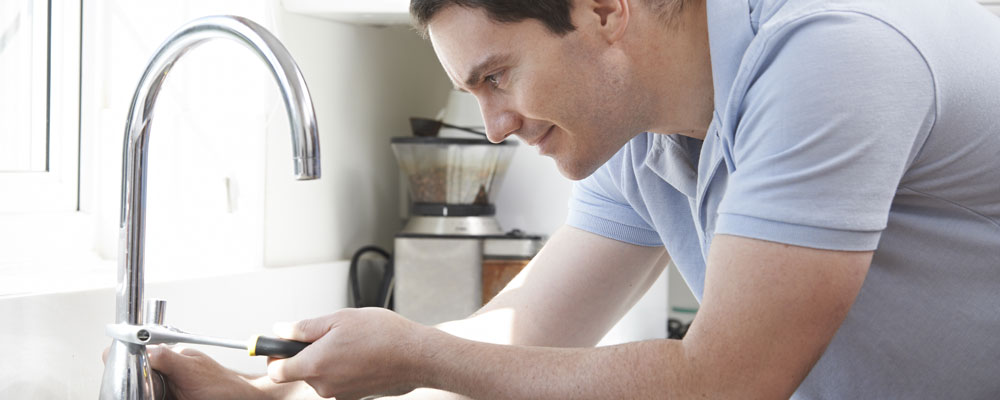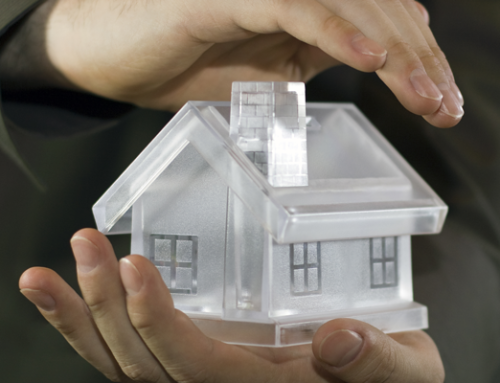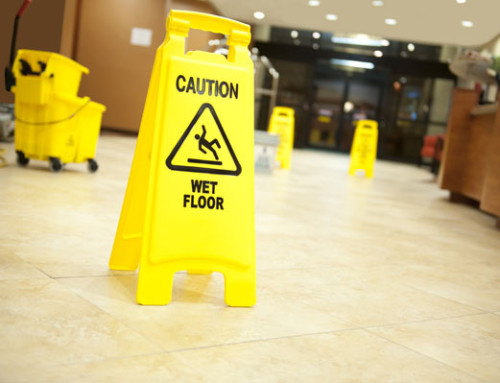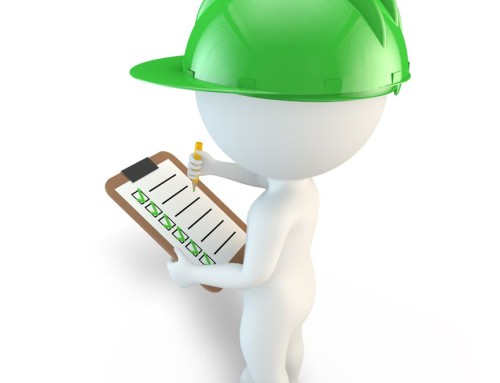Emergency Plumbing problems will affect everyone at some point. To prevent lasting water damage and a nasty mess, follow these 5 tips for plumbing emergencies.
Step 1. – Shut off the water to prevent further water damage
Toilets, Sinks, other appliances with individual fixtures– If the water leak or overflow is coming from an appliance that has individual fixtures, you can shut off the water valve to that appliance by turning the valve clockwise. This should immediately shut off the water to your leaky toilet, sink, or other appliance and turn your emergency plumbing problem into just a plumbing problem.
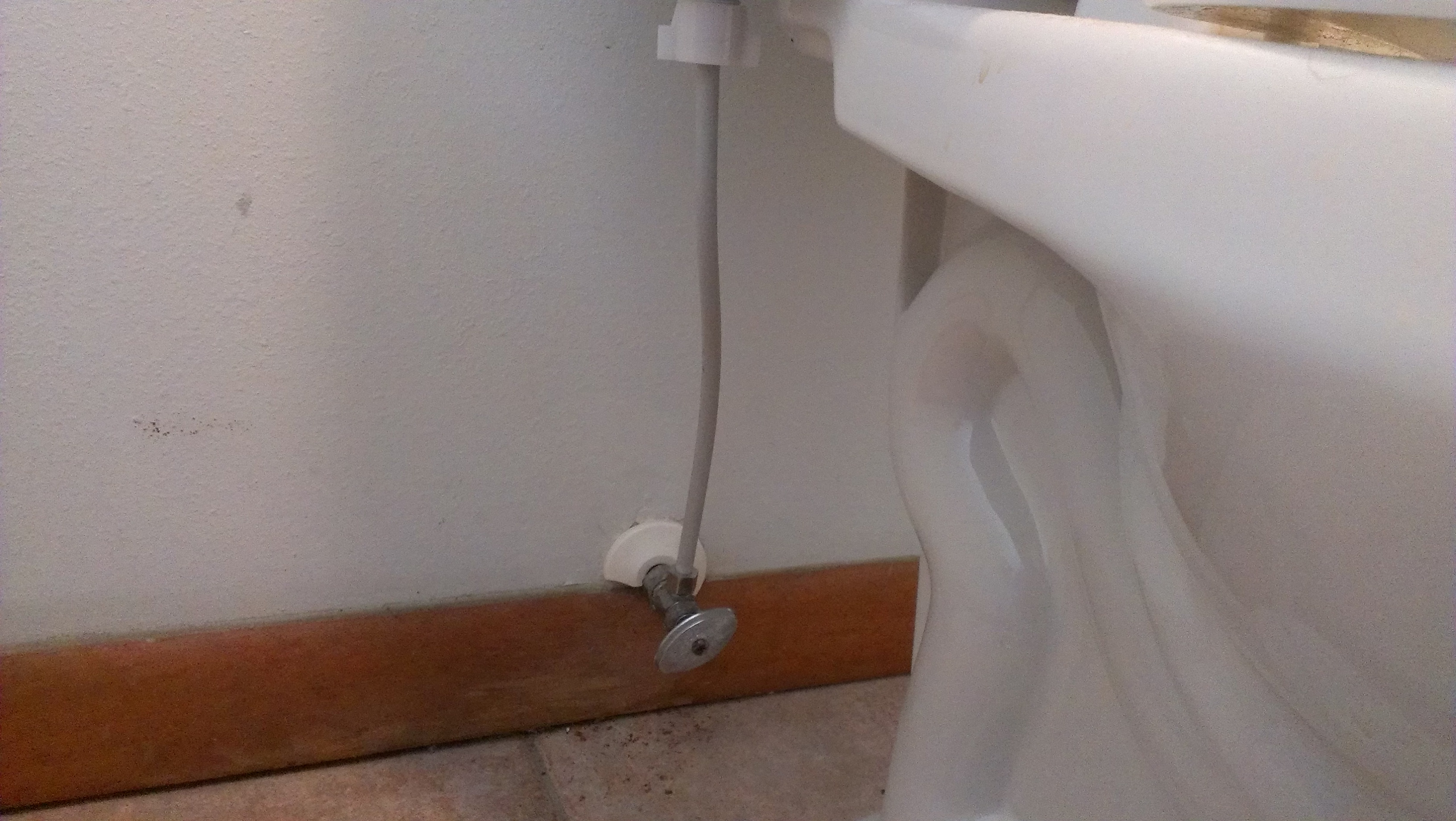
Toilet shut offs are located behind the toilet on the wall.
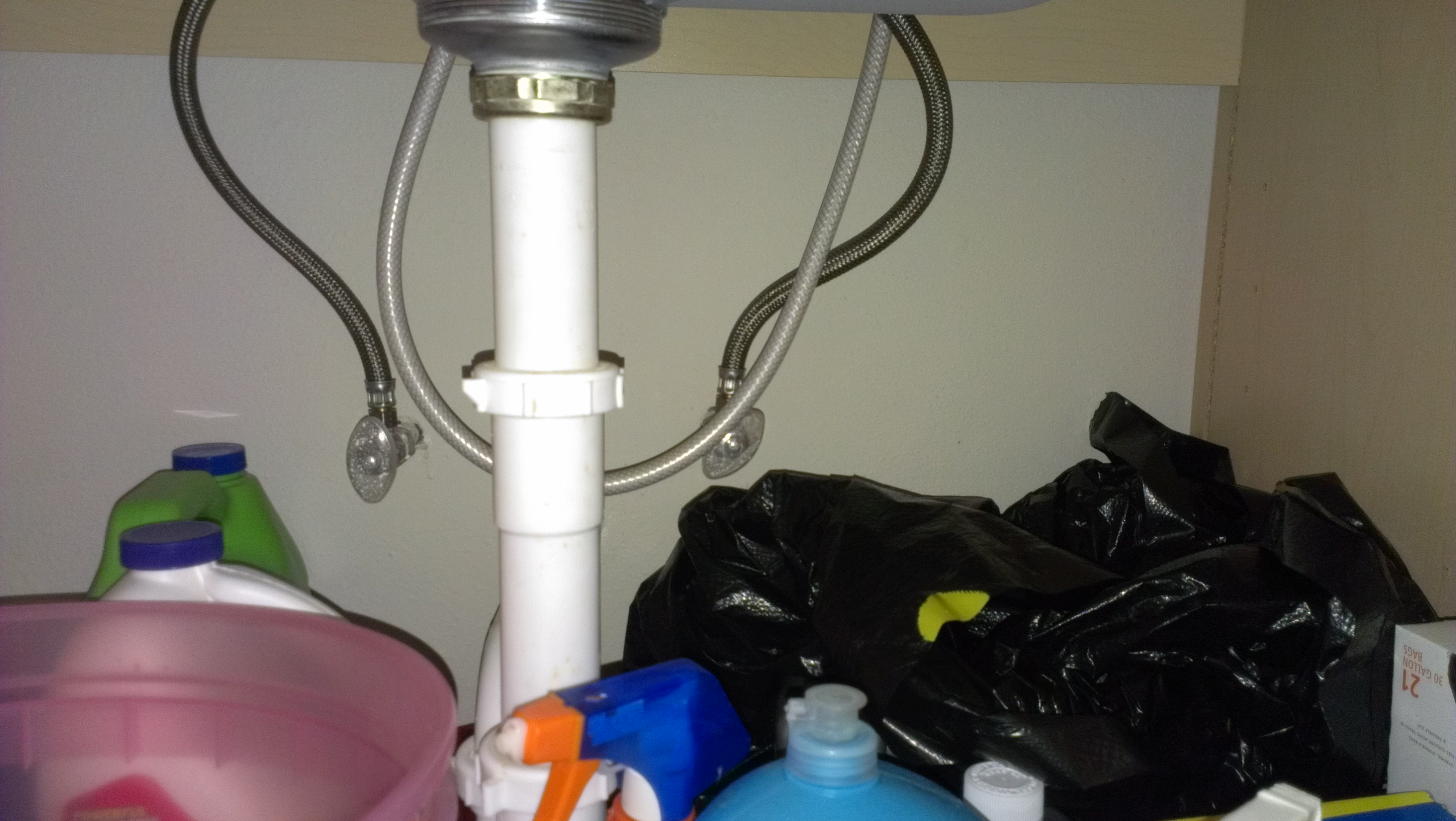
Sink shut off valves are located below the sink, often in a cabinet under the counter.
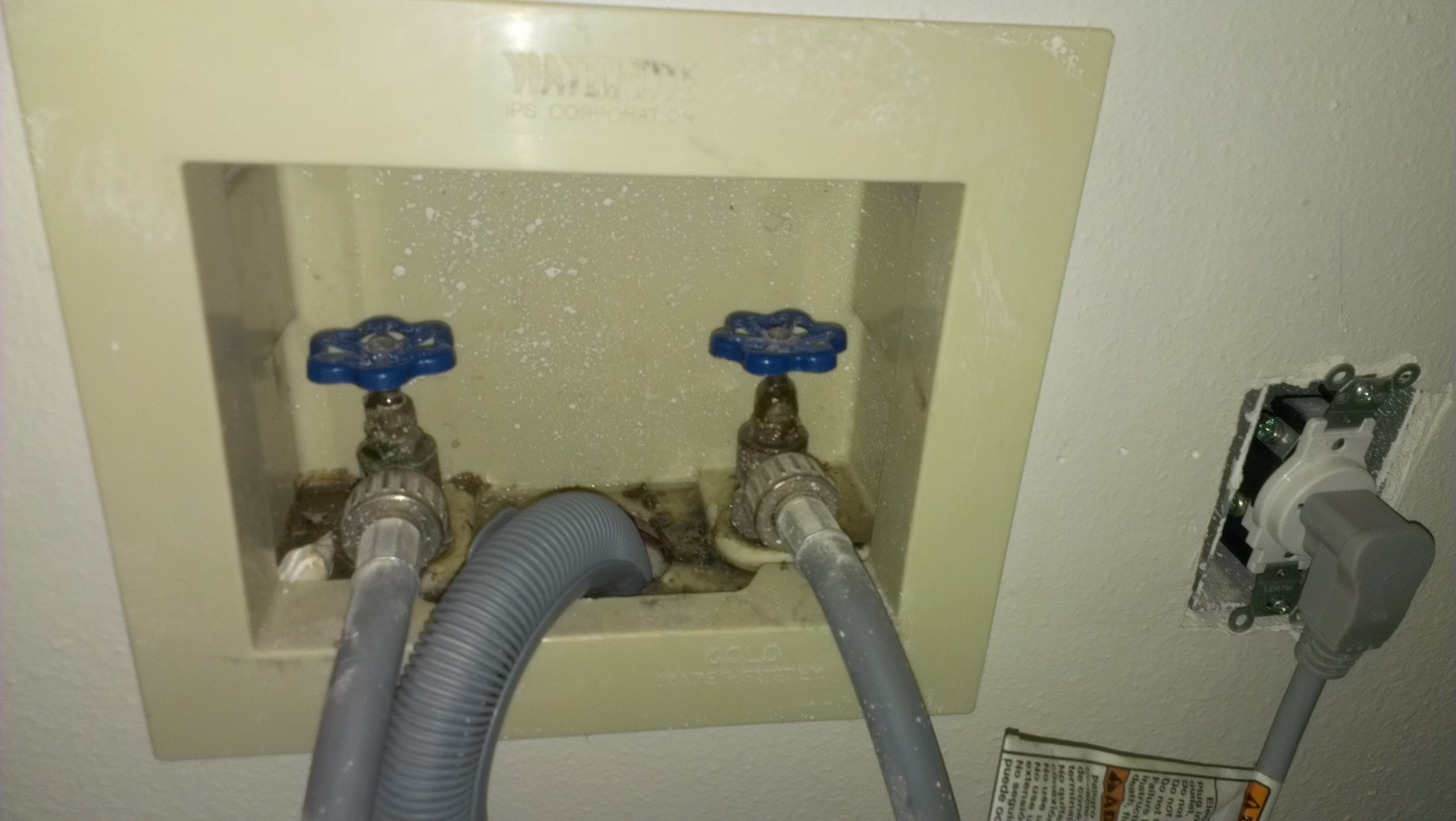
Washer shut off valves are located behind the washer on the wall.
Turn off the main water supply if the problem is caused by leaking or broken pipes or if your individual fixtures are not working. If you don’t know where your main water shutoff valve is and you need help locating it, click HERE if your house is on city supplied water or click HERE if your house is supplied by a well or private pump. When you turn off the main water supply during a water leak, open up the outside spigots to drain the pipes. This will lead water outside of your home rather than through your leaky pipe into an inconvenient part of the house!
For washing machines, dishwashers and other water using appliances- make sure the drainage trap is completely open. A partially clogged drain can cause flooding within the appliance. If this doesn’t help, call the appliance repair man or search youtube for helpful videos specific to your problem. For washing machines, turn off both valves near the machine and any electricity to the machine.
Water Heater Leaks can be addressed by turning off the cold water supply directly above the heater. If you cannot close this valve, you will need to shut off the main water supply (see the links posted above). If the the leak from your water heater is not draining into a drain, then you can connect a hose to the drainage valve on the heater and allow the water to drain out of the hose and into a nearby sink, bathtub, or the outdoors.
Gas Water Heater– Turn off the gas. The gas line should be black or yellow and is located next to the temperature dial. Turn the red shutoff valve 90 degrees to turn off the gas.
Electric Water Heater– Turn off the power at your circuit breaker panel.
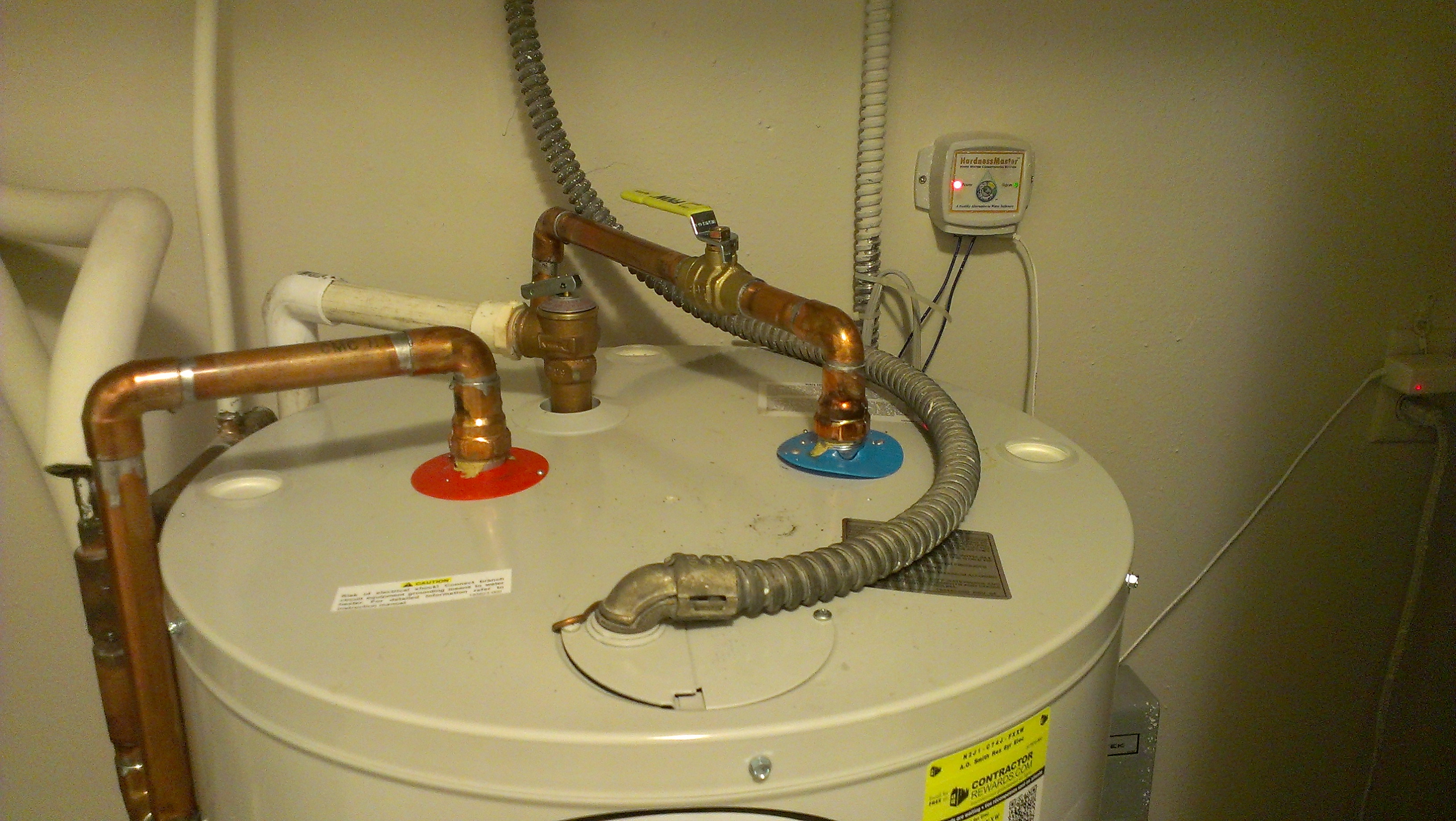
Electric Hot Water heater. The cold water shutoff valve is yellow in this picture.
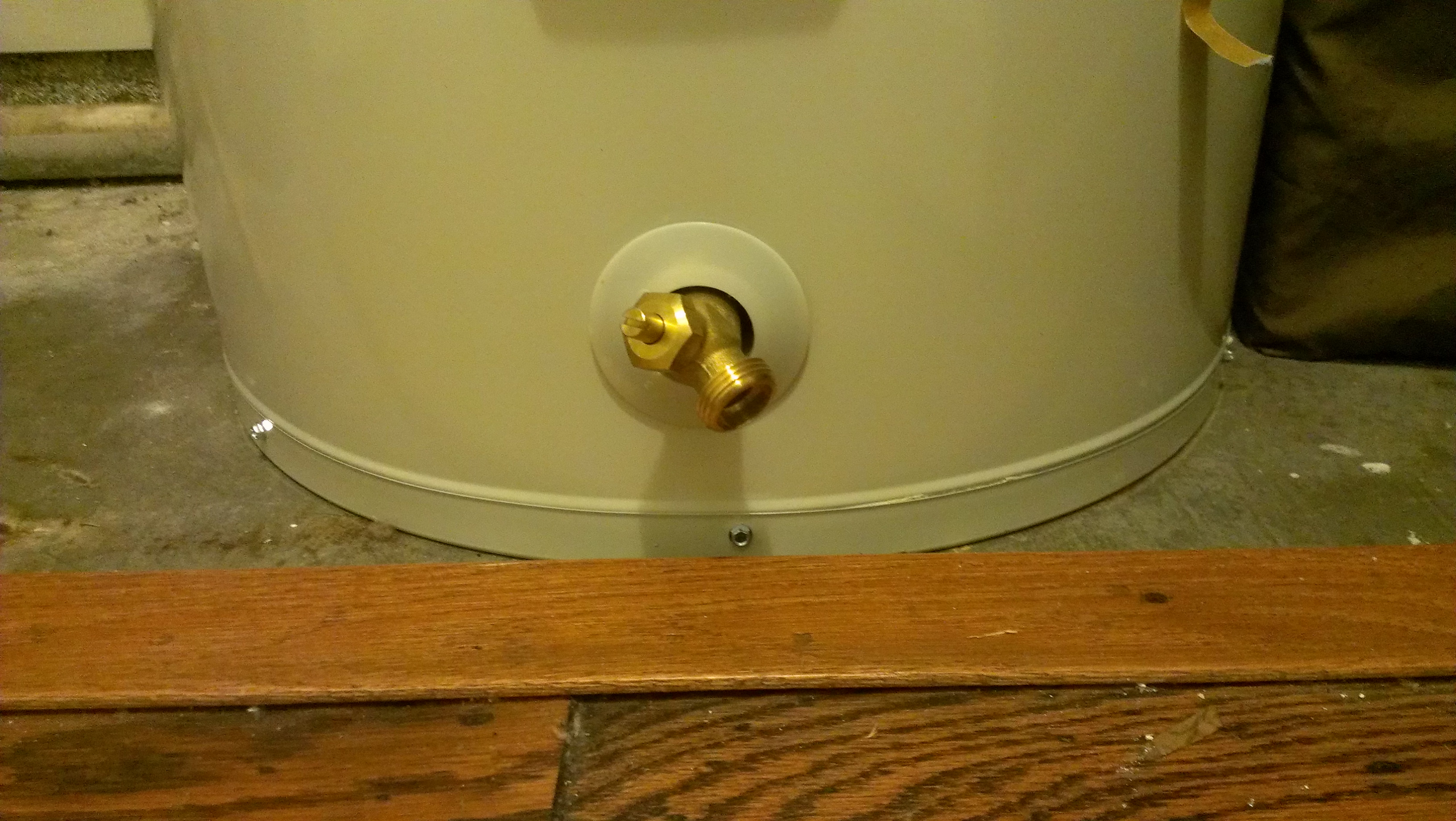
Electric Hot Water heater. The cold water shutoff valve is yellow in this picture.
Step 2. Move Furniture Into a Dry Area to Prevent Water Damage
Until you have a chance to mop up the water make sure to move out any furniture that could get damaged by standing water. Pin up the skirts and put a few layers of aluminum foil under the legs of furniture that is not easily moved.
Step 3. Unclog the Drain
Always turn off the water first. Then use a plunger to try to remove the obstruction. Even in a clogged sink, you can plunge the drain and often fix the problem. Plungers work best when you plunge rhythmically 10-20 times to build up pressure in the pipe. If the sink or toilet is draining slowly, you can use a liquid drain cleaner. Beyond this point, you will probably want to call a plumber.
Step 4. Remove Standing Water
As tempting as it might be just to leave the water there until a professional arrives, DON’T! It only takes mold 24-48 hours to colonize and begin to cause a problem in your home. You also don’t want additional damage to your flooring, drywall, or even pictures that can be affected by the increased moisture in the room. Use a wet/dry shop vac, a mop, a towel, whatever you have (but NOT a regular vacuum) to clean up the water. Turn on the fans, open the doors, and air out the room.
Step 5. Take Pictures and Notes
Take lots of pictures and detailed notes about the flooding for insurance. Restoration companies like Water Jane Restoration work directly with insurance companies to address the water damage that can develop from such incidents. You will want this information to work with your insurance company and restoration specialists. You might think your little flood is “not a big deal” now, but don’t regret being too lazy to whip out that camera phone and snap a few shots for protection in the future.
These are just a few quick tips for plumbing emergencies. For more detailed instructions on flooded rooms, see our article “My Kitchen or Bathroom Flooded, What Do I do?”

